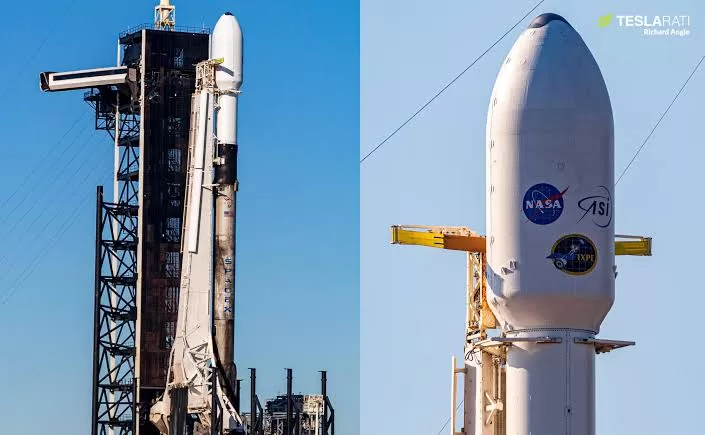SpaceX Falcon 9 launch from India on June 13, 2023:
- Launch date: June 13, 2023
- Launch time: 2:49 AM IST (11:19 PM PDT on June 12)
- Launch site: Satish Dhawan Space Centre, Sriharikota, India
- Payload: GSAT-24, a communication satellite for the Indian Space Research Organisation (ISRO)
- Rocket: Falcon 9 FT
- Launch vehicle configuration: Full thrust
- Launch trajectory: Geosynchronous transfer orbit
The launch will be webcast live on SpaceX’s website. You can also watch the launch on the following channels:
The launch of GSAT-24 is a significant milestone for the Indian space program. It is the first time that a geostationary communication satellite will be launched on a SpaceX rocket. The launch is also a testament to the growing cooperation between India and SpaceX.
GSAT-24 is a geostationary communication satellite that will be used to provide high-quality television, broadband, and other communication services to India and other parts of Asia. The satellite is expected to have a lifespan of 15 years.
The launch of GSAT-24 is a major step forward for India’s space program. It demonstrates India’s growing capabilities in the field of space technology and its commitment to developing a robust space program. The launch is also a sign of the growing cooperation between India and SpaceX. This cooperation is likely to lead to further collaboration in the future, which will benefit both countries.
Here is a brief overview of the launch process:
- The Falcon 9 rocket will be transported to the launch pad at Satish Dhawan Space Centre.
- The rocket will be fueled with liquid oxygen and rocket-grade kerosene.
- The rocket’s nine Merlin engines will be ignited.
- The rocket will lift off the launch pad and accelerate to a speed of over 17,000 miles per hour.
- The rocket’s first stage will separate and fall back to Earth for a landing on a droneship.
- The rocket’s second stage will continue to accelerate and place GSAT-24 into geosynchronous transfer orbit.
- GSAT-24 will then use its own propulsion system to reach its final geostationary orbit.
The entire launch process is expected to take about 30 minutes.

